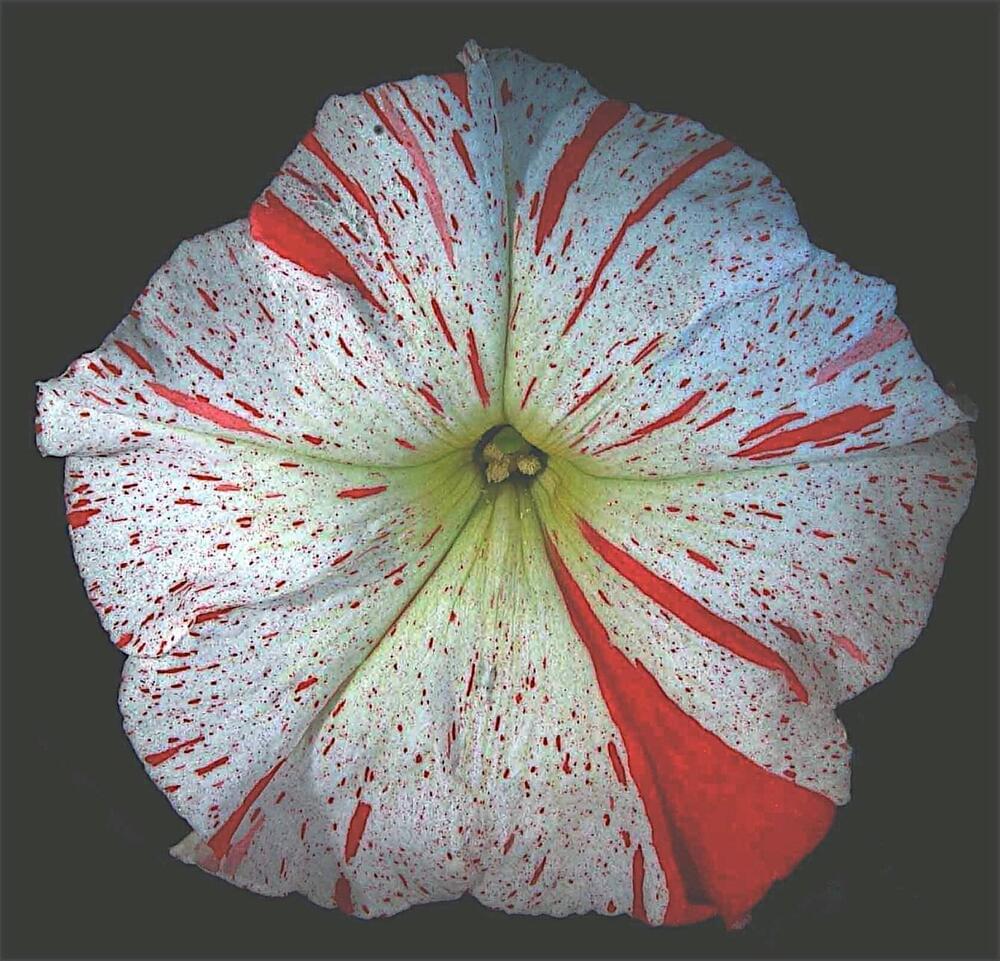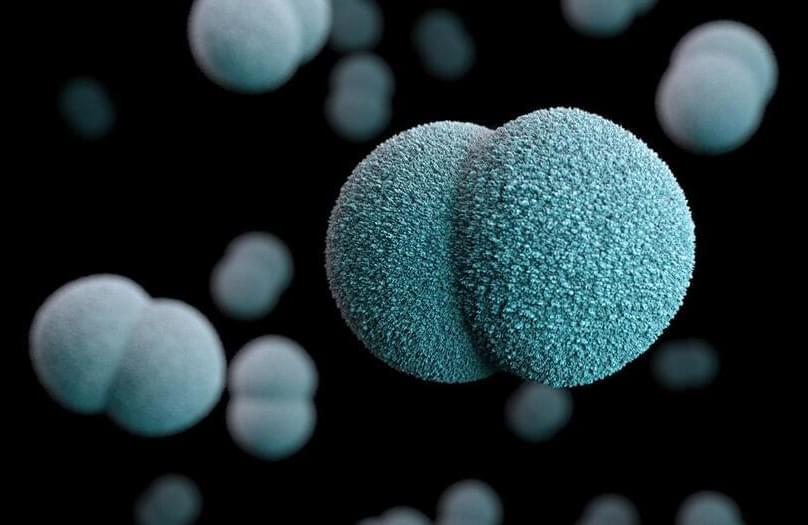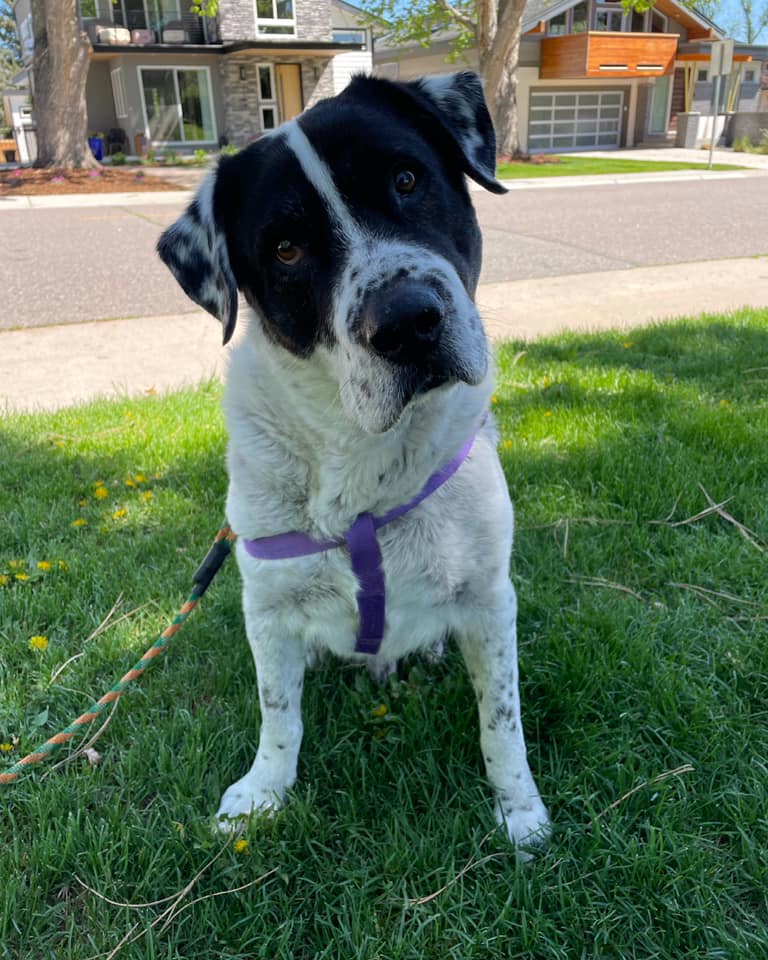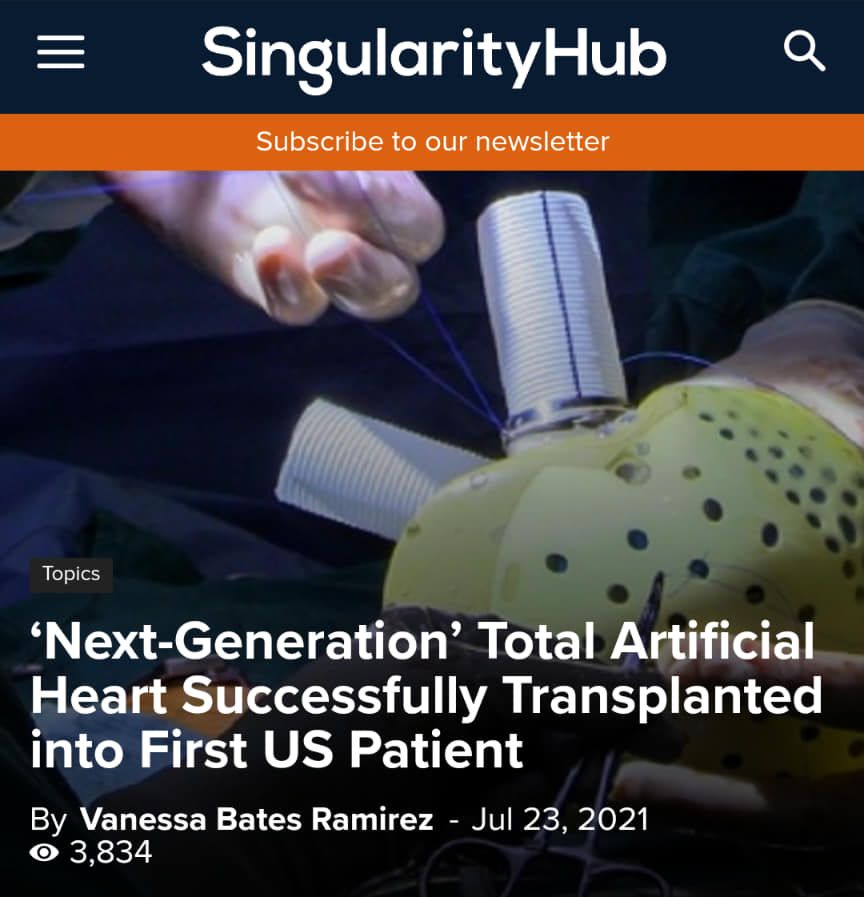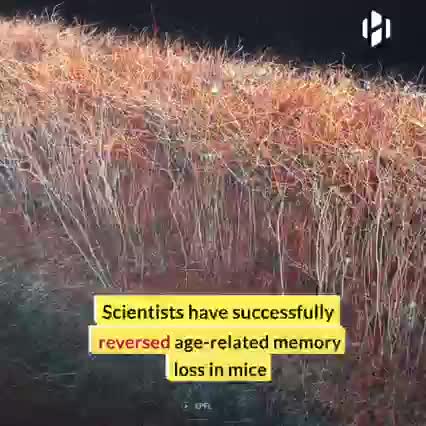If you’ve ever seen a petunia with artfully variegated petals, then you’ve seen transposons at work. The flower’s showy color patterns are due to transposable elements, or DNA sequences that can move locations within a genome. Yet when it comes to transposons’ effects on humans, the results might not be as lovely or desirable.
As researchers learn more about these so-called mobile genetic elements, they’ve found increasing evidence that transposons influence and even promote aging and age-related diseases like cancer as well as neurogenerative and autoimmune disorders, says John Sedivy, a professor of biology and director of the Center on the Biology of Aging at Brown. Sedivy is the corresponding author of a new review article in Nature that discusses the latest thinking and research around transposons.
“Let’s put it this way: These things can be pretty dangerous,” said Sedivy. “If they are uncontrolled, and there are many examples of that, transposons can have profound consequences on most forms of life that we know of.”
